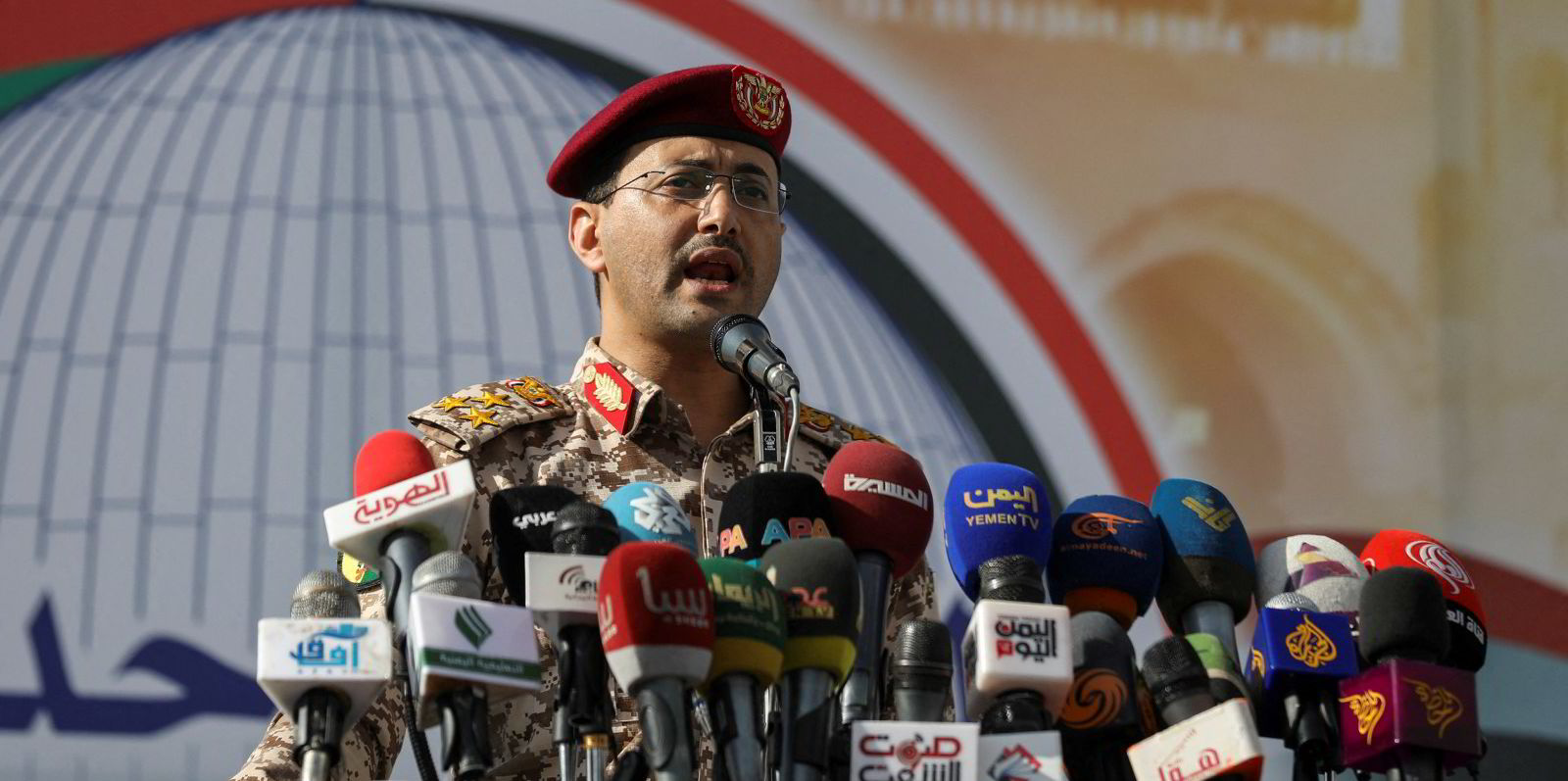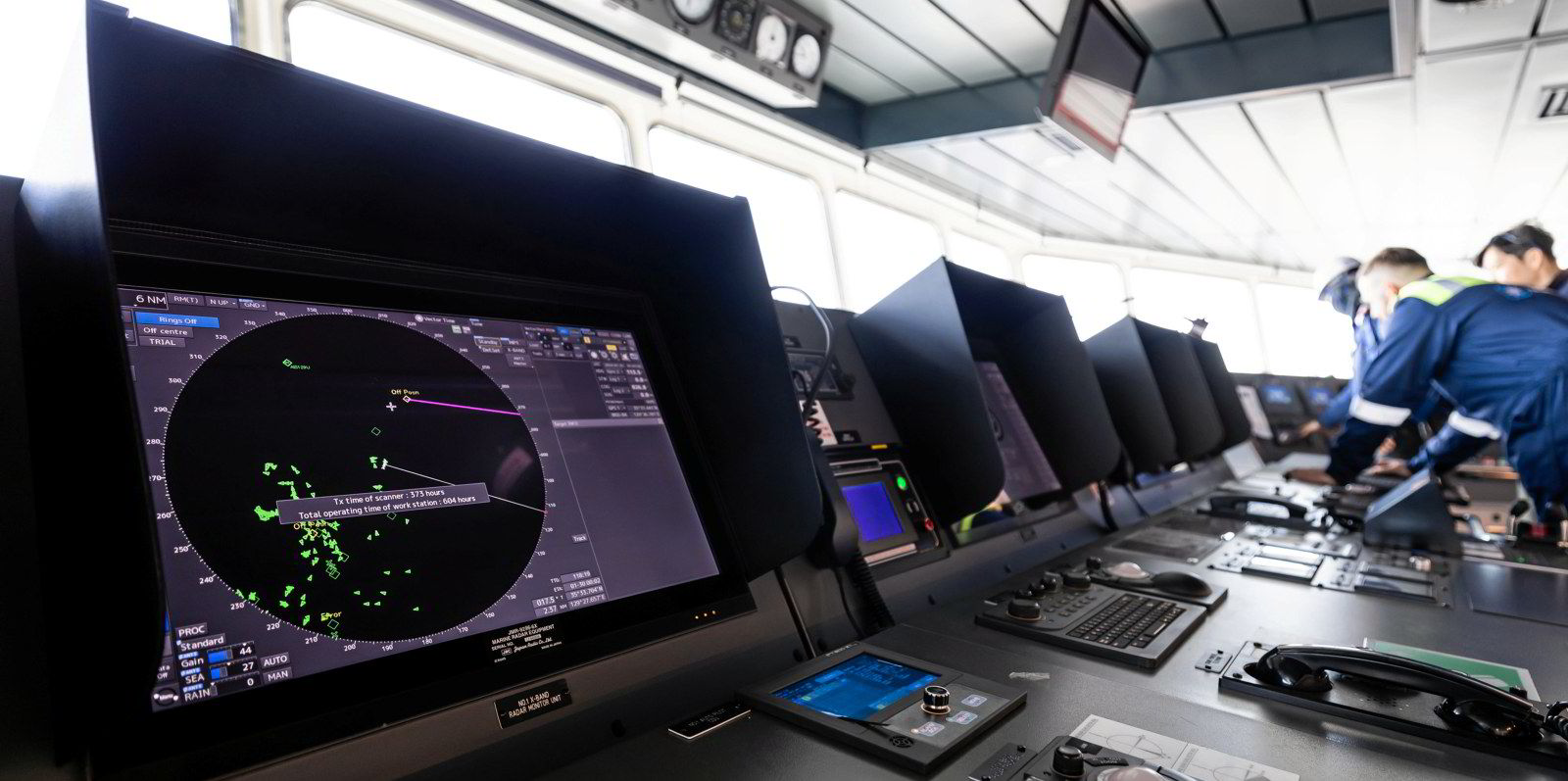AP Moller-Maersk expects to see a reduction of up to 20% in vessel capacity between Asia and Europe during the second quarter of this year due to the Red Sea crisis.
Container lines have been diverting vessels around Africa’s Cape of Good Hope since December to avoid attacks by Iran-aligned Houthi militants in the Red Sea, with the longer voyage times pushing freight rates higher.
“The complexity of the situation in the Red Sea has intensified over the last few months,” the Danish shipowner said in an updated advisory to customers.
“The risk zone has expanded and attacks are reaching further offshore. This has forced our vessels to lengthen their journey further, resulting in additional time and costs to get your cargo to its destination for the time being.”
Maersk said the knock-on effects of the situation have included bottlenecks and vessel bunching, as well as delays and equipment and capacity shortages.
“We estimate an industry-wide capacity loss of 15-20% on the Far East to North Europe and Mediterranean market during the second quarter. We are doing what we can to boost reliability, including sailing faster and adding capacity,” it said.
“We have added capacity, where possible, in line with our customers’ needs. So far, we have leased more than 125,000 additional containers.”
Maersk’s fuel costs on the affected routes between Asia and Europe are now 40% higher per journey, the company said. Meanwhile, it said charter rates are currently three times higher, often fixed for five years.
The disruptions cause ripple effects across several other container freight routes, particularly from Asia to the east and west coasts of South America, a Maersk spokesperson told Reuters.
Maersk, viewed as a barometer of world trade, forecast last week that disruptions would last at least until the end of this year.





